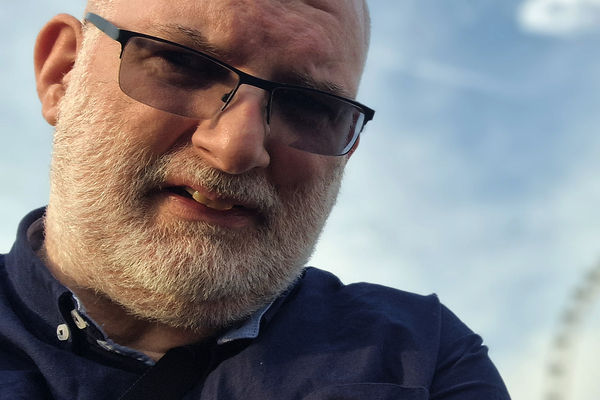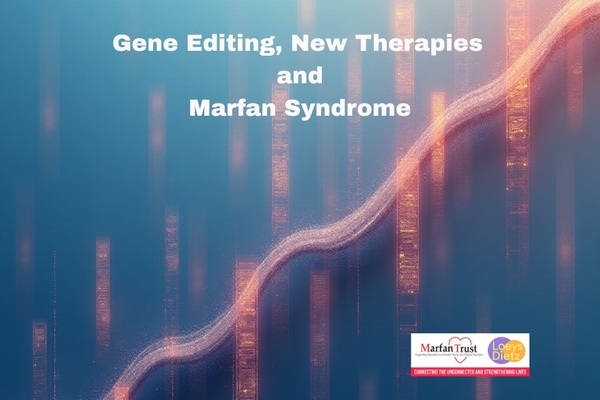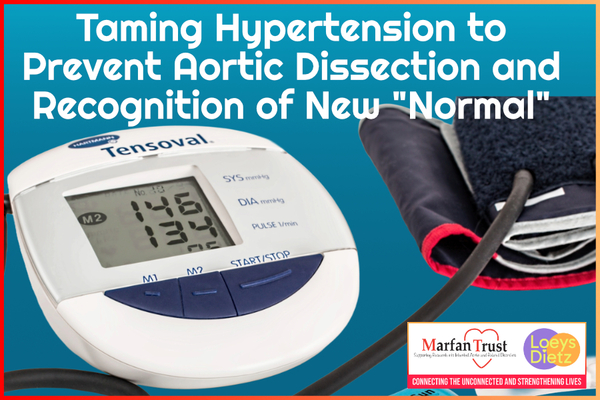by Dr José Antonio Aragon-Martin
At the Sonalee Laboratory, our research is focused on uncovering the genetic causes of Marfan syndrome and related connective tissue conditions such as Heritable Thoracic Aneurysm and Dissection HTAAD, hypermobile Ehlers-Danlos syndrome (hEDS), ectopia lentis, and scoliosis.
We are collaborang with Professors Mansoor Sarfarazi (USA) and Mariya Moosajee (University College London) on a project involving primary congenital glaucoma. Samples have now arrived in our lab and will soon be sent to Qatar University for free next-generation sequencing, once the final paperwork is completed.
We’re also working closely with Professors Panos Deloukas and Aung Oo on a funding application for a PhD project investigating the molecular causes of aortic aneurysm in families with Marfan syndrome, and other connective tissue disorders who currently lack a genetic diagnosis. Standard tests usually focus on DNA that codes for proteins, but our approach goes further. Using long-read sequencing technology from Oxford Nanopore, we are now able to study non-coding regions and structural variations in the genome, providing new opportunties to uncover disease-causing variants that traditional methods might miss.
As part of this effort, we are also learning how to process whole genome (WGS) and whole exome sequencing (WES) data to detect structural variants—large-scale changes in the genome that may be missed by standard analysis pipelines. We’re gaining hands-on experience with tools such as DELLY2, LUMPY, MANTA, VAQUITA, and others to improve variant detection and interpretation.

Our team includes MSc, summer, and work experience students who are actively contributing to pedigree studies, literature reviews, and genec analysis. Their work has led to four poster submissions for ASHG 2025, covering topics from neonatal Marfan syndrome to genotype-phenotype associations.
Thanks to support from Queen Mary’s University of London, we have secured new freezer space that will allow us to store addional samples and continue expanding our research.
We are truly grateful to the Marfan Trust supporters for your continued fundraising; your commitment makes this work possible.
Finally, to say that you can always visit our Lab, as Gemma pictured above left did recently!









